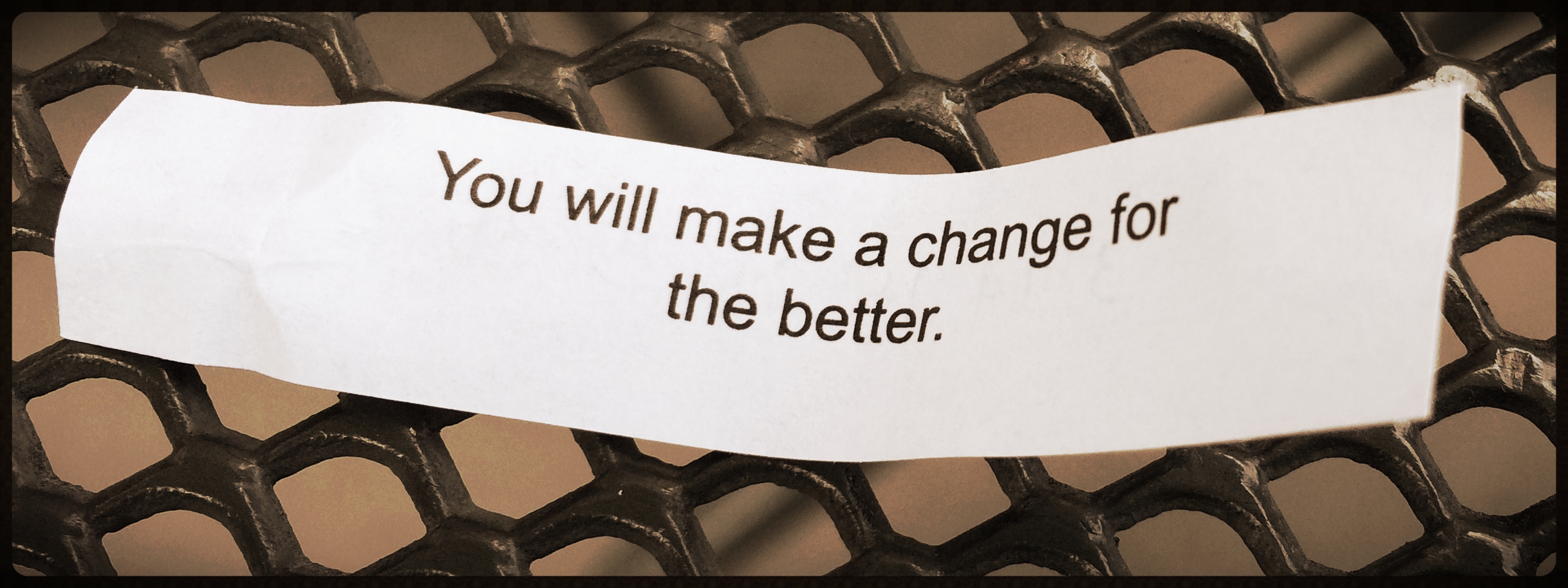Harassment prevention training has become commonplace at most businesses. In fact, there is a big industry devoted to online training, in-person training, educational videos and other resources to help employers train employees and managers on preventing, recognizing and addressing harassment. Some states, like California, have mandatory training requirements for supervisory employees. So, with all this training, harassment complaints have virtually disappeared from the American workplace, right?
The truth is that harassment claims are still common. Look no further than headlines about Roger Ailes and Fox News for a high profile example. In addition, according to a report issued recently by an Equal Employment Opportunity Commission (EEOC) task force, training is ineffective when it alone is a company’s approach to preventing harassment. But we cannot just toss our training materials out the nearest window and give up on finding a way to rid our workplaces of harassment. It is time to open up a wider conversation about why harassment is still a big problem and what we can do to change our culture to one of respect.
Why Traditional Training is Often Ineffective
During my HR career, I have spent quite a few hours leading harassment training. At the first company I did training, we used curriculum we ordered from a training company. The majority of the training involved participants watching harassment scenarios mixed with commentary by two attorneys. It was a very passive approach to training because there was little real-life discussion other than what was generated in the questions I was asked as a trainer. Eventually I added to the training, cut down on the video portion and added in discussion, which created a far more engaging session. Some companies use online training, which can also be passive and result in participants who spend the time when the video is playing checking their phones or zoning out. Such an approach to harassment training sends the message that a company is doing the training because they are legally required to and not because they have a vested interest in improving the workplace culture.
The EEOC task force found that, “…training is an essential component of an anti-harassment effort. However, to be effective in stopping harassment, such training cannot stand alone but rather must be part of a holistic effort undertaken by the employer to prevent harassment that includes…elements of leadership and accountability… the training must have specific goals and must contain certain components to achieve those goals.”
So, we do not necessarily need to ditch our training programs, but it is time to take a look at how training can be improved to fulfill its intended goals and how companies can improve at the leadership level in a way that creates a culture of respect. Training alone is simply not enough—especially when that training is no more than an employee clicking through videos and quiz questions every two years.
The EEOC report points to multiple studies that show the limited effects of training and even looked at one study that found that those with more of a tendency to harass were more likely to have a negative reaction to harassment training. In my own experience as a trainer, I found this to be true. Such participants were often the ones who would make jokes about harassment being acceptable if the harasser was a young, attractive woman, or they might bring up how they believed women often lied about harassment complaints to get attention or to get back at a man. Training did nothing to change their beliefs.
Leading by Example and a Culture of Respect
As the EEOC points out, training can be beneficial if done correctly. Training should be for all employees with extra training for those in supervisory roles. They recommend avoiding “canned” training and instead developing a program that draws from examples relevant to the specific workplace. They also emphasize the importance of live, interactive training. This allows participants to actively engage with the material and to ask questions.
In addition to training, upper management needs to support anti-harassment policies and initiatives. If top-level executives do not take harassment complaints seriously or are harassers themselves, training is going to do little to change the culture.
The task force also recommends workplace civility training to go over positive behaviors rather than just focusing on what employees should not do. This once again points to the larger issue: building a culture of respect. A culture of harassment has a huge effect on morale and productivity. It can cause all manner of suffering and mental anguish for victims and even for those who witness such behavior.
Harassment itself points to a larger issue of a culture that seems to think it is acceptable to demean people based on sex or other protected classes. As we have watched the presidential race unfold, we have the candidate of one major party who regularly degrades women he does not like by commenting on their bodies or looks. It’s no wonder that harassment is still a problem in the modern workplace when political leaders engage in such behavior.
Training Needs to Start in School
Harassment prevention training needs to start sooner. We need to start talking about things like consent and respecting others with kids. It is too late to start training when people are adults and in the workplace. Workplace training should not be someone's first exposure to understanding the importance of respect and not harassing others. While training for children need not include examples of sexual harassment, it should include thorough discussions of what it means when someone says no and respecting personal boundaries. Such education helps develop adults who enter the workforce already understanding that harassment is wrong.
It is important that we work to develop effective harassment prevention training and that we regularly evaluate that training to ensure that it continues to be a positive influence on behavior in the workplace. It is equally important for business leaders to lead by example and to call out other leaders who engage in harassing behavior. We need to avoid the practice of ignoring someone’s bad behavior because they produce good work. But simply making changes in the workplace alone is not enough.
Harassment is not just a workplace problem. It extends to how we treat each other in all areas of life. But until we recognize that and act accordingly, harassment training alone will have little effect on our workplace and everyday lives.


















